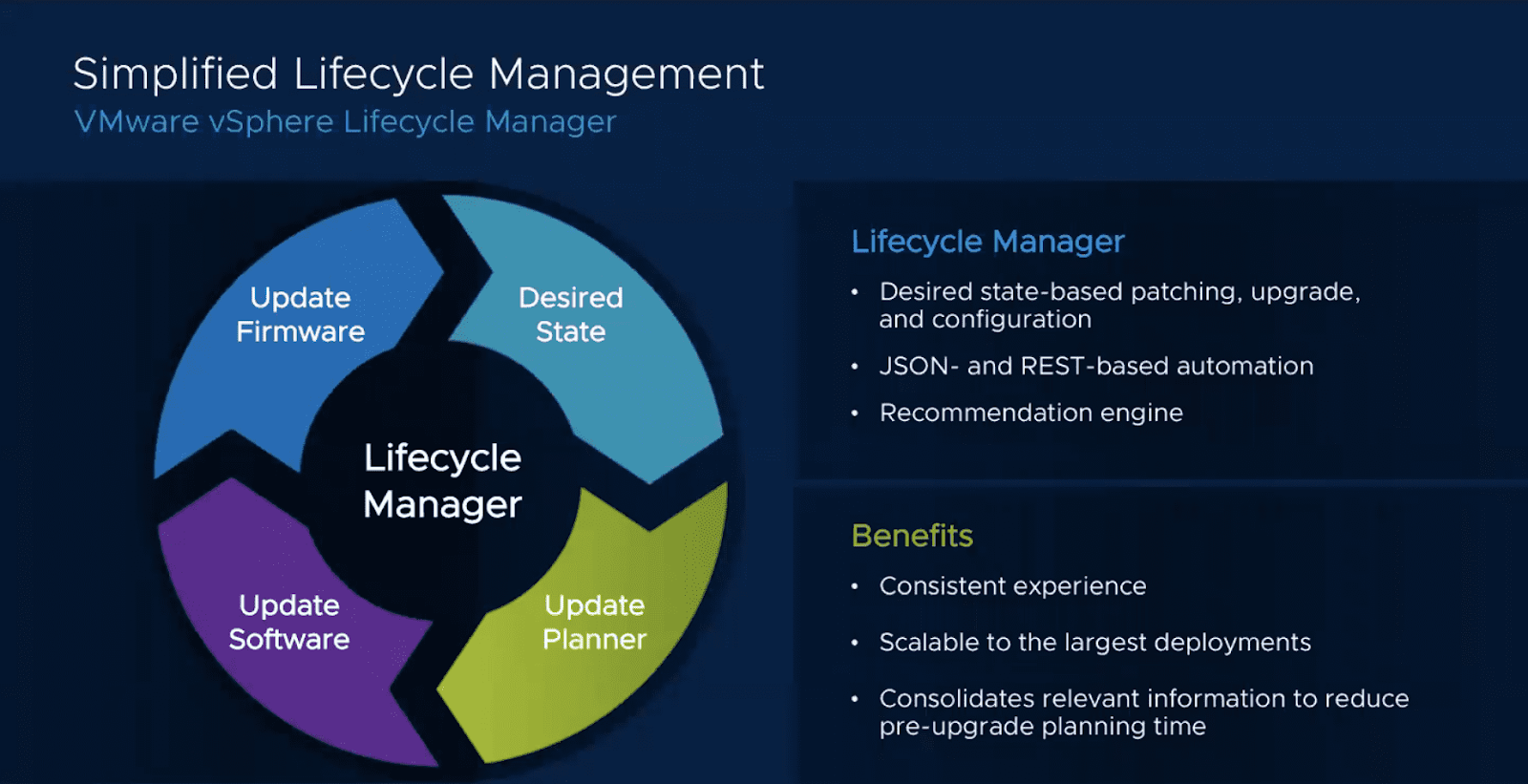In today’s fast-paced digital world, organizations face increasing pressure to innovate while managing a growing array of complex IT systems. As businesses strive to maintain operational efficiency, security, and scalability, many are turning to the Managed Services Model as an effective strategy. This approach involves outsourcing the management of specific business functions or IT services to third-party providers, known as Managed Service Providers (MSPs). These providers offer a wide range of IT services, from network management and cybersecurity to cloud hosting and helpdesk support.
The Managed Services Model is quickly becoming the go-to solution for businesses of all sizes, allowing them to focus on their core competencies while ensuring their IT infrastructure runs smoothly and securely. This article explores the concept of the Managed Services Model, its key benefits, its common applications, and how it can transform business operations in today’s technology-driven world.
1. What is the Managed Services Model?

The Managed Services Model refers to the practice of outsourcing the responsibility for certain IT functions or business processes to a third-party provider. Managed Service Providers (MSPs) deliver these services on a subscription basis, offering proactive support, monitoring, and management to ensure the continued health and security of an organization’s IT infrastructure.
Unlike the traditional break-fix model, where companies only engage IT professionals when something goes wrong, the managed services approach is proactive. MSPs continuously monitor and manage systems, resolve potential issues before they become critical, and offer ongoing strategic guidance. This model allows businesses to benefit from expert-level management of their IT infrastructure without the need to employ an in-house team.
2. Key Services Offered in the Managed Services Model

The range of services provided by MSPs can vary depending on the needs of the client, but most Managed Services Models include a combination of the following services:
a. Network Management and Monitoring
Network management is one of the most common services offered by MSPs. This involves overseeing the organization’s entire network infrastructure, including routers, firewalls, switches, and wireless networks. MSPs monitor the network 24/7, looking for signs of malfunction, slow performance, or security breaches. Proactive monitoring ensures that any issues are detected and resolved before they disrupt business operations.
b. Cybersecurity and Data Protection
With cyber threats becoming more sophisticated, security is a top priority for businesses today. MSPs provide cybersecurity services, including vulnerability assessments, threat monitoring, malware protection, and incident response planning. They also implement data protection strategies, such as encryption, backup solutions, and disaster recovery plans, to minimize the risk of data loss or breaches.
c. Cloud Services and Hosting
Many businesses are transitioning to cloud environments for greater scalability, flexibility, and cost-efficiency. MSPs offer cloud hosting, migration services, and management for public, private, or hybrid cloud environments. They help businesses navigate the complexities of cloud computing, including server configuration, resource allocation, and data storage. Managed cloud services also include continuous monitoring and optimization to ensure cloud resources are being used efficiently and securely.
d. Help Desk and IT Support
MSPs provide remote and on-site help desk support to assist employees with technical issues. This may include troubleshooting software or hardware problems, setting up devices, and providing user training. Managed help desk services ensure that end-users have quick access to IT assistance, minimizing downtime and increasing productivity across the organization.
e. IT Strategy and Consulting
In addition to providing day-to-day IT support, many MSPs offer strategic IT consulting services to help businesses align their technology initiatives with their long-term goals. This can include technology assessments, network design, system upgrades, and advice on emerging technologies. An MSP can also assist with budgeting and planning for future IT needs, ensuring that businesses have a roadmap for growth and innovation.
f. Backup and Disaster Recovery
Data loss or system failures can have devastating effects on businesses, which is why disaster recovery planning is essential. MSPs implement backup solutions to ensure data is regularly saved and protected from loss. They also design disaster recovery plans that outline how businesses can quickly restore systems and data in the event of an outage, ensuring business continuity.
3. Benefits of the Managed Services Model
The Managed Services Model provides numerous advantages that can enhance business operations, reduce risks, and optimize IT performance. Below are some of the key benefits:
a. Cost Savings
One of the most attractive aspects of the Managed Services Model is the cost savings it offers. By outsourcing IT services, businesses can avoid the expense of hiring, training, and maintaining an in-house IT team. The predictable, subscription-based pricing of MSPs allows businesses to budget for IT services more effectively and avoid costly downtime due to technical issues.
Additionally, MSPs often have access to industry-leading tools and technologies, which may otherwise be cost-prohibitive for small to medium-sized businesses. This allows organizations to leverage cutting-edge technology and security measures without significant capital investment.
b. Proactive IT Management
In a traditional IT setup, companies typically engage their IT team only when an issue arises, leading to reactive problem-solving. The Managed Services Model flips this approach by offering proactive monitoring and maintenance. MSPs monitor systems continuously, identifying potential issues before they affect operations. This proactive approach minimizes downtime and ensures that IT infrastructure is always running at peak performance.
c. Enhanced Security
As cyber threats continue to evolve, maintaining robust security is a critical priority for businesses. MSPs specialize in cybersecurity and have the expertise to safeguard sensitive data, prevent breaches, and comply with industry regulations. By implementing the latest security measures, conducting regular vulnerability assessments, and offering 24/7 threat monitoring, MSPs can significantly reduce the risk of cyberattacks and data loss.
d. Access to Expertise
The Managed Services Model provides businesses with access to a team of experienced IT professionals without the need for in-house expertise. MSPs employ specialists who are skilled in various areas of IT, including networking, cloud computing, and cybersecurity. This expertise ensures that businesses benefit from best practices, cutting-edge technologies, and expert-level advice to optimize their IT infrastructure.
e. Scalability and Flexibility
The Managed Services Model is highly scalable, allowing businesses to easily expand or reduce their IT services as their needs change. Whether a company is growing and needs additional resources or downsizing and requires fewer services, MSPs can adjust the services provided to meet evolving demands. This flexibility is particularly beneficial for companies that experience fluctuating workloads or rapid growth.
f. Focus on Core Business Activities
Outsourcing IT management allows businesses to focus on their core competencies and strategic goals, rather than being bogged down by technical issues and routine maintenance tasks. By relying on MSPs to handle IT infrastructure, businesses can direct more attention to innovation, customer satisfaction, and overall business development.
4. Challenges of the Managed Services Model

While the Managed Services Model offers many advantages, there are some challenges that businesses should consider before making the switch:
a. Dependence on Third-Party Providers
One of the main challenges of outsourcing IT services is the dependence on a third-party provider. If an MSP fails to deliver on their commitments, it could lead to service disruptions or security vulnerabilities. Therefore, it is essential for businesses to thoroughly vet MSPs and establish clear service level agreements (SLAs) to ensure that the provider meets expectations.
b. Security and Privacy Concerns
Although MSPs implement strong security measures, there may still be concerns about data privacy, particularly when sensitive information is being shared with a third-party provider. Organizations should ensure that their MSP has robust data protection policies in place, complies with industry regulations, and has the necessary certifications to safeguard sensitive data.
c. Integration with Existing Systems
Integrating outsourced services with existing systems and processes can sometimes be a challenge. It is crucial for businesses to work closely with their MSP to ensure seamless integration between the company’s infrastructure and the managed services. This requires clear communication and careful planning to avoid compatibility issues.
5. Future of the Managed Services Model

As technology continues to evolve, the Managed Services Model is expected to expand and adapt. With the rise of artificial intelligence (AI), machine learning, and automation, MSPs are increasingly offering advanced solutions that provide greater insights and optimization for business operations. The integration of cloud services, security enhancements, and real-time monitoring is likely to become more prevalent, enabling businesses to remain agile, secure, and competitive in a rapidly changing digital landscape.
Conclusion
The Managed Services Model is a powerful and cost-effective way for businesses to manage their IT infrastructure and operations. By outsourcing IT functions to experienced service providers, businesses can ensure that their systems are secure, efficient, and scalable. With benefits such as cost savings, enhanced security, and access to expertise, the Managed Services Model enables companies to focus on their core activities and drive growth. As businesses continue to adopt this model, the future of IT management will be increasingly shaped by automation, cloud services, and cutting-edge technologies, offering even greater opportunities for innovation and efficiency.



